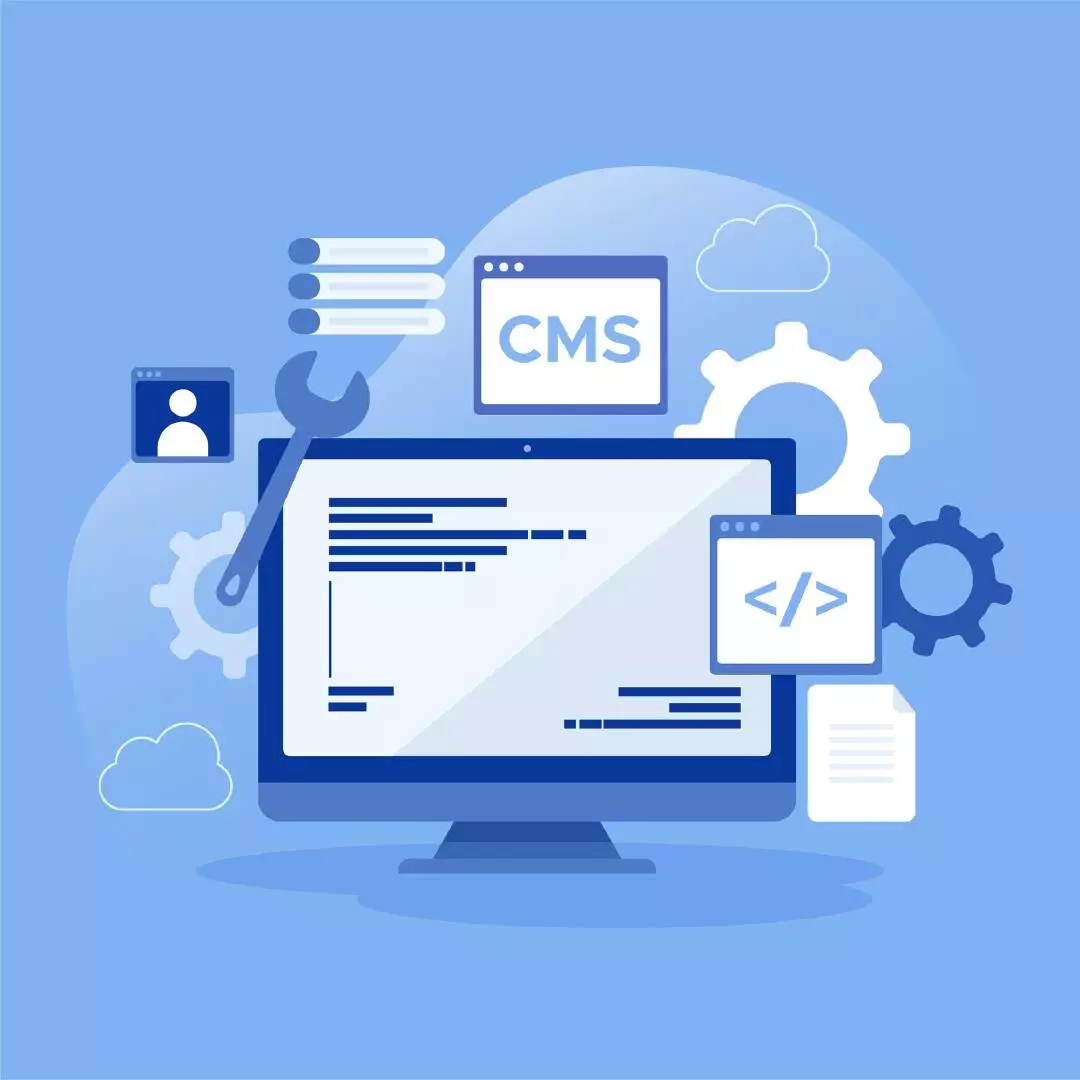Are you a WordPress website owner looking to gain a deeper understanding of how website’s database management is done using phpMyAdmin? Look no further! In this comprehensive guide, we will walk you through the process of efficiently managing your WordPress database, optimizing your website’s performance, and resolving common database-related issues. By the end of this tutorial, you’ll be equipped with the knowledge and skills to handle database management with ease.
What is phpMyAdmin?
phpMyAdmin is a popular open-source web-based database management tool specifically designed for MySQL and MariaDB. It provides a user-friendly interface that allows you to interact with your database directly through a web browser. With phpMyAdmin, you can perform various tasks such as creating databases, tables, and fields, executing SQL queries, importing and exporting data, and much more.
Why is WordPress Database Management Important?
As a WordPress website owner, understanding and effectively managing your website’s database is crucial for maintaining optimal performance, resolving issues, and ensuring data integrity. The database stores all your website’s content, including posts, pages, comments, and settings. By optimizing and maintaining your database, you can improve website speed, reduce database bloat, enhance security, and prevent data loss.
Step 1: Accessing phpMyAdmin
To begin managing your WordPress database, you’ll need to access phpMyAdmin. Follow these steps:
- Log in to your hosting account’s control panel (cPanel, Plesk, etc.).
- Locate the “Databases” section and click on the phpMyAdmin icon.
- You will be redirected to the phpMyAdmin interface, where you can start working with your database.
Step 2: Understanding the WordPress Database Structure
Before diving into database management, let’s familiarize ourselves with the structure of a WordPress database. A typical WordPress database consists of several tables, each storing specific types of data. The core WordPress tables include:
- wp_posts: Stores all your posts, pages, and custom post types.
- wp_comments: Manages comments made on your website.
- wp_users: Contains user information, including usernames and passwords.
- wp_options: Stores various settings and configurations for your WordPress installation.
- wp_terms: Handles categories, tags, and taxonomies.
Understanding the structure of your WordPress database will enable you to navigate and manage it more effectively.
Step 3: Optimizing the WordPress Database
Regularly optimizing your WordPress database is essential for maintaining its performance. Here are some key optimization techniques:
- Removing unnecessary data: Identify and remove unused plugins, themes, and media files. Uninstalling unnecessary plugins can significantly reduce database size.
- Cleaning up post revisions and spam comments: WordPress saves revisions of your posts, resulting in increased database size. Consider using a plugin like “WP-Optimize” to clean up post revisions and spam comments.
- Repairing and optimizing database tables: phpMyAdmin allows you to repair and optimize your database tables easily. This process can enhance database performance and resolve errors.
Step 4: Backing Up Your WordPress Database
Taking regular backups of your WordPress database is vital to safeguard your website’s data. In case of accidental data loss or website issues, having a recent backup can be a lifesaver. Follow these steps to create a database backup:
- Access phpMyAdmin.
- Select your WordPress database from the left-hand panel.
- Click on the “Export” tab at the top.
- Choose the “Quick” export method and click “Go” to download the backup file.
Remember to store the backup file in a secure location, preferably outside your website’s hosting environment.
Step 5: Troubleshooting Common Database Issues
Occasionally, you may encounter database-related issues that affect your website’s functionality. Let’s explore some common issues and how to troubleshoot them:
- Connection Errors: If your website displays a database connection error, check your database credentials in the wp-config.php file. Ensure that the database hostname, username, password, and database name are correct.
- Database Table Corruption: If you suspect table corruption, use the “Repair” option in phpMyAdmin to repair the affected tables.
- Resetting WordPress Password: In case you forget your WordPress administrator password, you can reset it directly in the database using phpMyAdmin.
Step 6: Best Practices for Database Security
Securing your WordPress database is crucial to protect sensitive data and prevent unauthorized access. Consider implementing the following best practices:
- Changing the Database Prefix: During WordPress installation, change the default database table prefix (usually “wp_”) to a unique and less predictable value.
- Using Strong Database User Credentials: Create a strong username and password for your database user. Avoid using common or easily guessable combinations.
- Regular Updates and Security Audits: Keep your WordPress installation, themes, and plugins up to date. Perform regular security audits to identify and fix vulnerabilities.
Conclusion
Congratulations! You’ve now learned how to effectively manage your WordPress database using phpMyAdmin. By following the steps outlined in this comprehensive guide, you can optimize your website’s performance, troubleshoot common issues, and enhance database security. Remember to regularly back up your database and implement best practices to ensure the integrity and stability of your WordPress website.
Explore WordPress database management with phpMyAdmin for more in-depth insights and step-by-step instructions in the complete article here.
FAQs
-
How can I optimize my WordPress database for better performance?
Optimizing your WordPress database is crucial for better performance. Follow these steps to optimize your database:
- Clean up unused plugins, themes, and media files.
- Remove post revisions and spam comments.
- Repair and optimize database tables using phpMyAdmin.
-
What should I do if I encounter a database connection error?
If you encounter a database connection error on your WordPress website, check your database credentials in the wp-config.php file. Ensure that the hostname, username, password, and database name are correct.
-
How can I secure my WordPress database?
To secure your WordPress database, consider implementing the following measures:
- Change the default database table prefix.
- Use strong and unique database user credentials.
- Keep your WordPress installation, themes, and plugins updated.
